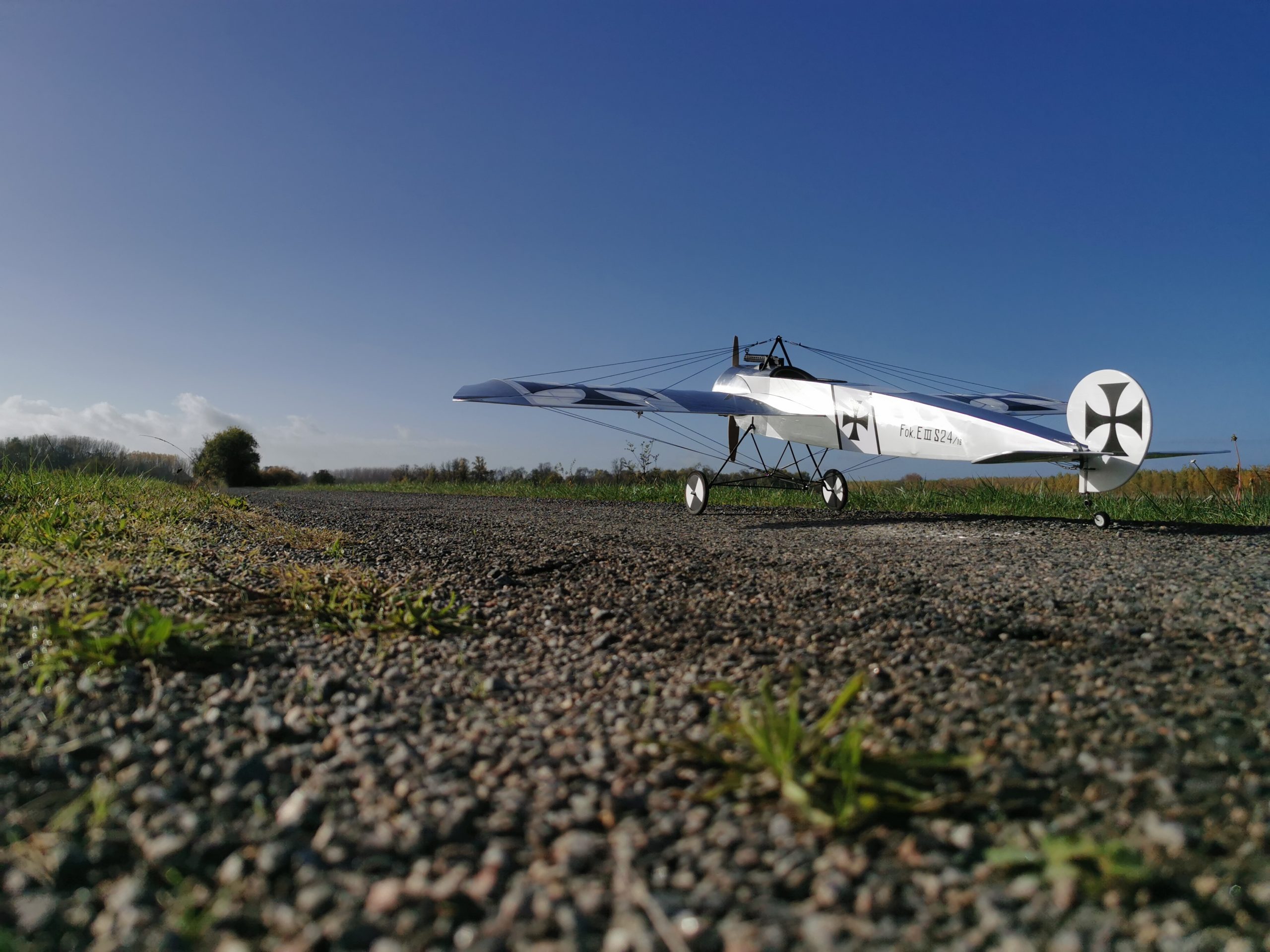Craftsmanship, electronics, and piloting skills
RC aeroplane.
RC aeroplane modeling is a popular hobby that combines craftsmanship, electronics, and piloting skills. Building balsa wood model airplanes and programming transmitters and receivers can be a rewarding experience for enthusiasts. The advancements in technology, such as better materials and more sophisticated electronic components, have made it possible to create highly realistic and capable RC aircraft.



The hobby not only offers a creative outlet for those who enjoy building and tinkering with mechanical devices but also provides an opportunity to learn about aerodynamics, electronics, and aviation principles. Flying an RC airplane requires skill and practice to control it safely through maneuvers and landings.
Overall, RC aeroplane modeling offers a fun and engaging way to blend technical knowledge with hands-on craftsmanship, providing hours of enjoyment for hobbyists of all ages.
But his operations taken together are so insignificant, a little chipping, baking, patching, and washing, that in an impression so grand as that of the world on the human mind, they do not vary the result.
1960s and 1970s, the hobby saw significant growth with the introduction of more affordable and reliable radio control systems

RC aeroplane modeling has a rich history that dates back to the early 20th century.
The first known remote-controlled aircraft were developed in the 1930s, using simple radio control systems that allowed operators to control the flight of the aircraft from the ground.
During World War II, advancements in radio control technology accelerated the development of model aircraft for military training purposes. After the war, hobbyists began to build and fly their own RC model airplanes using surplus radio equipment.
In the 1960s and 1970s, the hobby saw significant growth with the introduction of more affordable and reliable radio control systems, as well as improvements in materials and construction techniques. Balsa wood became a popular choice for building lightweight and durable model aircraft.

The 1980s and 1990s brought further innovations, such as digital proportional control systems, brushless electric motors, and lightweight composite materials, which improved the performance and realism of RC airplanes.
Today, RC aeroplane modeling continues to evolve with advancements in technology, including flight stabilization systems, telemetry, and FPV (First Person View) capabilities. The hobby has become more accessible and diverse, with a wide range of aircraft types available, from scale replicas of real planes to high-performance aerobatic models.

Overall, RC aeroplane modeling has transformed from a niche hobby into a popular and educational pastime enjoyed by enthusiasts worldwide, showcasing a blend of craftsmanship, electronics, and aeronautical engineering.

RC airplane from balsa wood
Building an RC airplane from balsa wood can be a rewarding and enjoyable process. Here is a basic step-by-step guide to help you get started:
- Gather Materials: Obtain a kit or plans for the RC airplane you want to build. You will need balsa wood sheets, a hobby knife, sandpaper, glue (such as epoxy or CA glue), covering material, a motor, ESC, servos, receiver, transmitter, and other necessary electronics.
- Cut out Parts: Use the plans to trace and cut out the various parts of the airplane from the balsa wood sheets. This includes the fuselage, wings, tail surfaces, and other components. Be precise with your cutting to ensure a good fit.

- Assemble the Frame: Begin by assembling the basic frame of the airplane, starting with the fuselage. Use glue to join the balsa wood parts together according to the plans. Allow the glue to dry completely before moving on to the next step.

- Add Electronics: Install the motor, ESC, servos, and receiver in their designated locations within the airplane. Follow the manufacturer’s instructions for each electronic component to ensure proper installation.
- Covering: Cover the balsa wood frame with a suitable covering material, such as heat shrink film or tissue paper. Secure the covering material in place using a heat gun or adhesive as per the instructions.
- Install Control Surfaces: Attach the control surfaces, such as the rudder, elevator, and ailerons, to the airplane. Connect these surfaces to the servos using pushrods or control rods.
- Balance and Test: Ensure the airplane is properly balanced according to the plans. Perform a range check with your transmitter to test the control surface movements and make any necessary adjustments.
- Final Touches: Add any additional details or decals to personalize your RC airplane. Double-check all connections and components before the first flight.
- First Flight: Find a suitable flying field and perform a maiden flight with your RC airplane. Start with simple maneuvers and gradually build up to more advanced flying once you are comfortable with the controls.
Remember, building and flying an RC airplane requires patience, practice, and attention to detail. It’s essential to follow safety guidelines and regulations while enjoying this hobby.
✴︎ WAHT WILl the future bring
?
artificial intelligence is coming …

One trend is the integration of more advanced flight control systems, including artificial intelligence.
In the future, we can expect to see continued advancements and innovations in RC aeroplane modeling that will further enhance the hobby and push the boundaries of what is possible. One trend is the integration of more advanced flight control systems, including artificial intelligence and autonomous flight capabilities, which will make it easier for pilots to fly complex maneuvers and perform aerial tasks.

Improved materials, such as carbon fiber and 3D-printed components, will make model aircraft lighter, stronger, and more durable. Additionally, advancements in battery technology and electric propulsion systems will lead to longer flight times and increased power efficiency. The use of virtual reality and augmented reality technologies may also become more prevalent, offering immersive flying experiences and enhancing pilot training. Overall, the future of RC aeroplane modeling holds exciting possibilities for enthusiasts to explore new innovations and take their passion for flying to new heights.

Leave a Reply